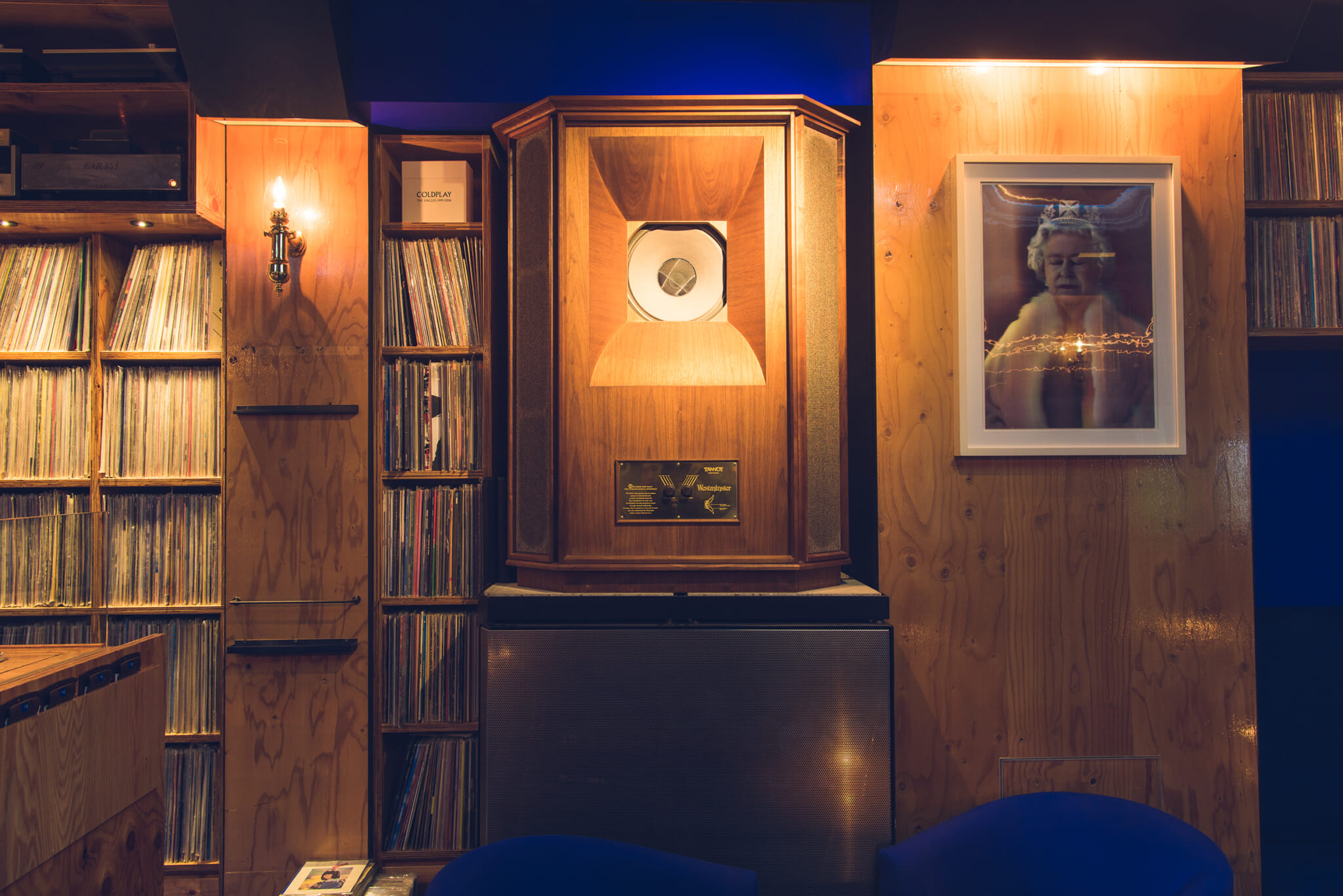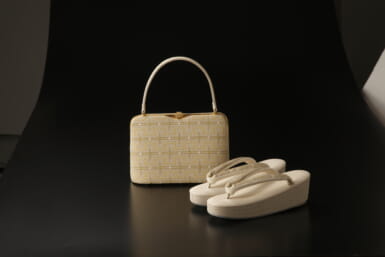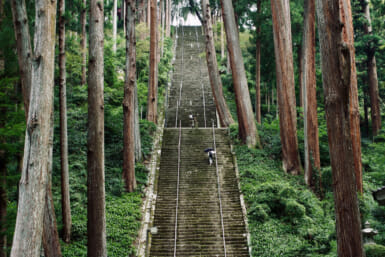Listening bars are evolving and gradually spreading across the world. Nowadays, there are listening bars in the hippest towns in the coolest neighborhoods, from Shibuya in Tokyo to Brooklyn in New York. And the best thing about them is that each one is completely different from the next.
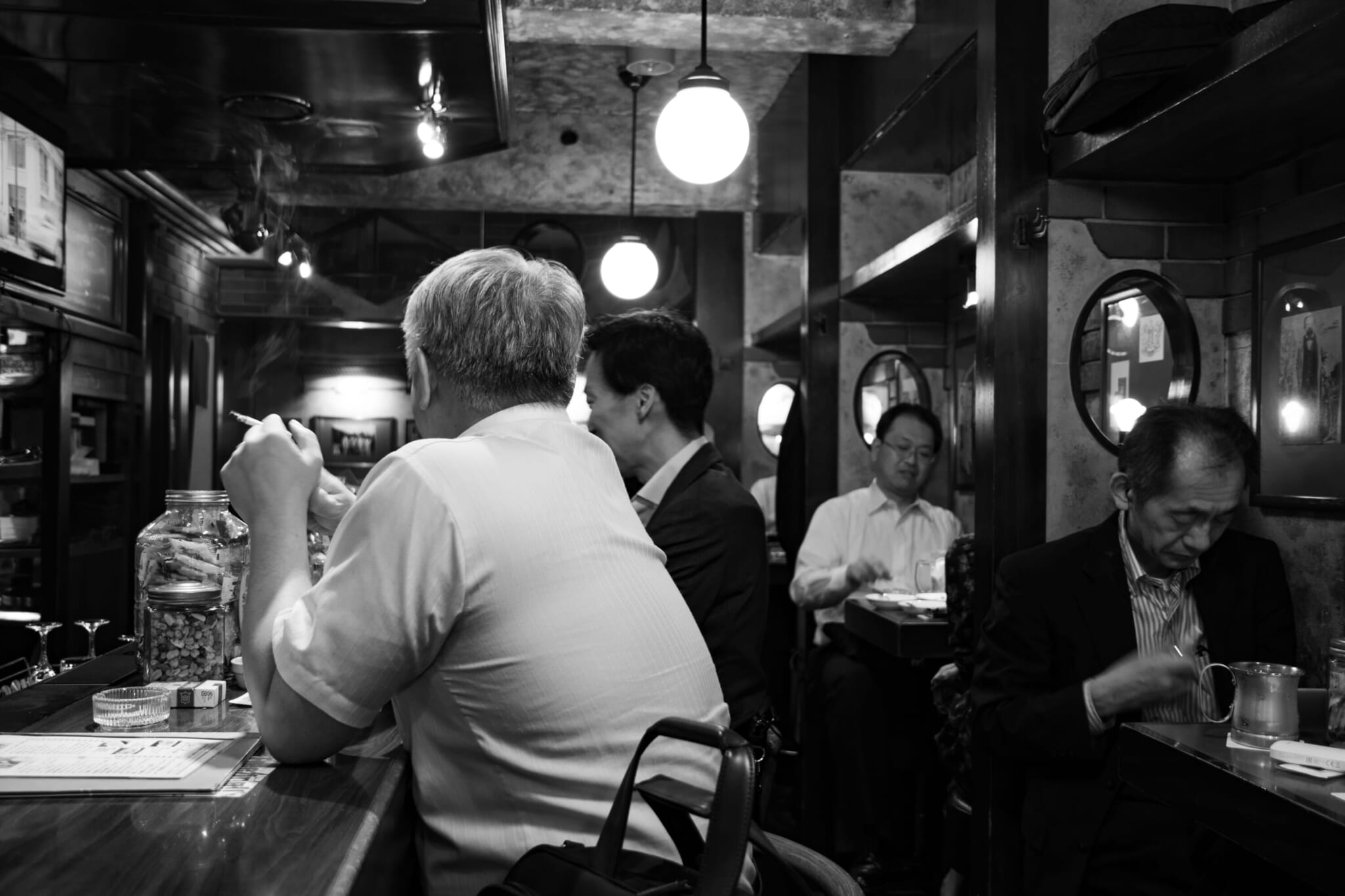
What Is a Listening Bar?
A listening bar does what it says on the tin. It’s a place where punters drink while listening to music. The shape and form of a listening bar varies considerably from one to another, but what usually unites guests is the music and alcohol, although it must be pointed out that non-drinkers are welcome too.
Listening bars are run by passionate music lovers, whose main aim in life is to share their expansive music collections. Many will have cases of records or CDs lining their walls. Sometimes this will be within one particular and very specific genre. Other times it will be a wide-ranging, long-reaching collection of anything and everything.
Customers are expected to appreciate the music when they come in, so the atmosphere may be geared more towards being quiet than chatting for hours with the bartender. Whatever happens, they often break off mid-sentence to change the tunes anyway.
The History of Listening Bars
Music or listening bars are an evolution of Japan’s music cafés (ongaku kissa) that first appeared in the 1920s. Cafe Lion, currently on Shibuya’s Dogenzaka street, is said to be the very first ongaku kissa, opened in 1926. Stepping inside, talking is discouraged, and pride of place are two huge speakers at the front of the dark room, just like a screen at the cinema. Here, Cafe Lion plays classical music at a high volume from open to close.
After Cafe Lion, ongaku kissa started to appear all over with various genres of music, ranging from jazz to rock. Each place had two defining features: huge speakers and a large music collection. The rock kissa, which first appeared in the 1970s, served alcohol and opened until late. It can probably be counted as the first listening bar.
Punters would gather and chat about rock music. In some rock bars, like the now-closed Black Hawk, talking was forbidden. Nowadays, talking is allowed in most listening bars, provided it doesn’t detract from the music that’s being played.
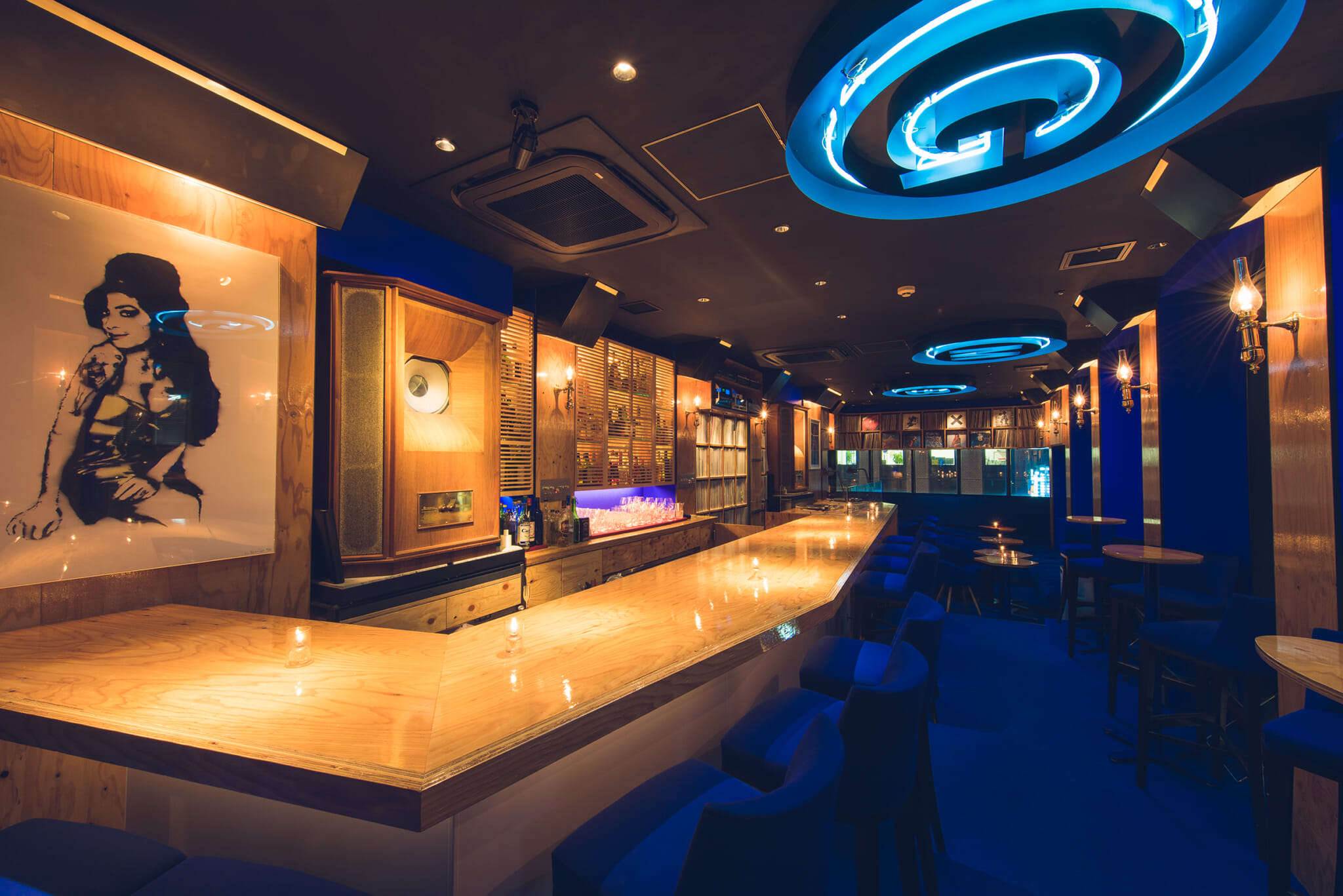
Music Bar Ginza
What To Do at a Listening Bar
Heading to a listening bar for the first time by yourself can be quite daunting, but don’t worry. Follow our quick etiquette guide for the best experience for you and others around you.
General Etiquette
Follow these rules and you’ll be fine:
- Speak quietly, if at all.
- Stick to your seat, and put your belongings nearby.
- Appreciate the music.
- Order a drink to support the bar.
Listening Bars in Tokyo
Here are some of Tokyo’s best listening bars to get you started.
Ginza Music Bar
Ginza Music Bar is a side project of DJ Shinichi Osawa and coffee producer, Nobuhiro Toriba. With its luscious, plush seating in royal blue, shiny wooden surfaces and impressive Tannoy speakers, Ginza Music Bar is an important one on the “listening bar list.” It boasts 3,000 vinyl records and an impressive DJ setup, featuring a to-die-for rotary mixer that will have keen DJs and analogue appreciators frothing.
The drinks’ menu is fancy, with cocktails shaken, stirred and served straight. The bar takes reservations so we recommend booking in advance as it can get busy.
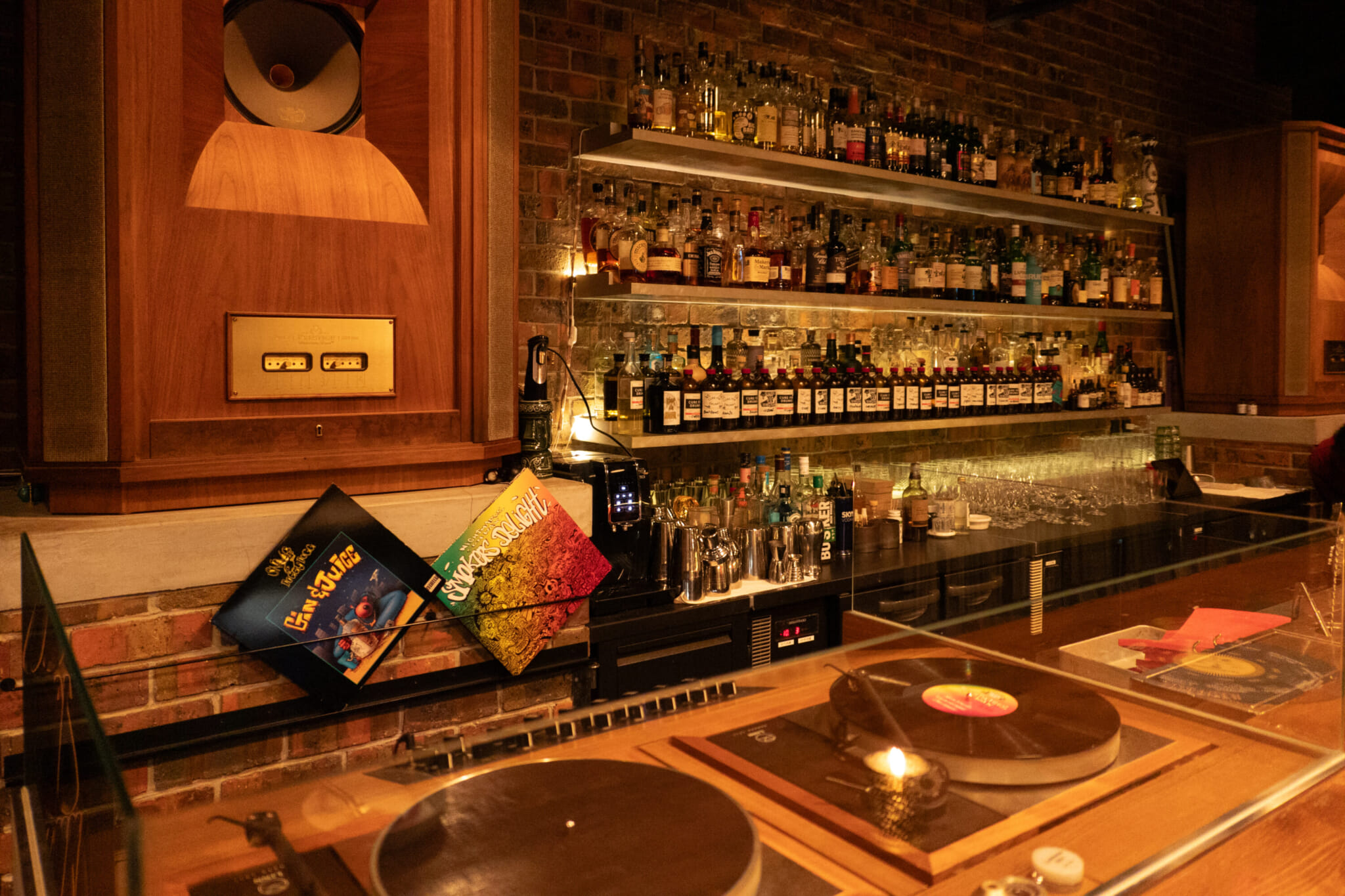
The Music Bar Cave Shibuya Photo by Lisa Knight
The Music Bar Cave Shibuya
In the heart of Shibuya lies Cave Shibuya, which was relocated in 2021 from Yoyogi, where it was settled for over a decade. The team behind Kurkku Fields, the farm in Chiba Prefecture that promotes farm-to-table produce and nature connections for city folks, moved the high-end audio sound system into a basement space on Meiji Street, along with 3,000 records.
Cave Shibuya offers fancy cocktails and spinny bar stools in a plush setting, with the records played leaning toward easy listening classics, including some soul, funk and disco.
Blue on Velvet
Blue on Velvet is a cool spot in Koenji where you can request music from the master’s mind-bogglingly large collection. He has records and CDs covering every surface, and he seems to know where absolutely everything is too. With one drink order, you get two song requests. If he doesn’t have one or both of them, you can request something different.
His collection is predominantly Japanese, but there is some western rock music from the 1970s to the 1990s there too. Even if you can’t think of anything to ask for, just being in the bar and hearing the regulars request their own tunes is fun enough. You’ll discover more than just one new artist, that’s for sure.

